Gardeners prefer greenhouses to open ground. In them, the crop remains protected from external factors. But greenhouse tomatoes are more sensitive to diseases. One of the most common is cladosporiosis.
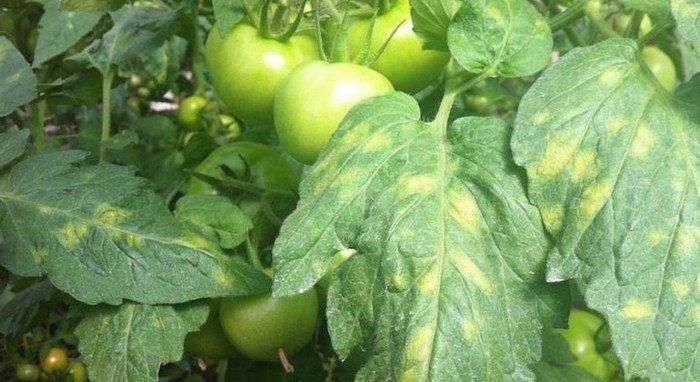
Signs
Oval brown spots appear on the plants. Gardeners notice them on the inside and outside of the leaf. A fungal disease can completely destroy a crop.
Cladosporiosis forms on the leaves:
- in hot weather;
- increased lime content in the soil;
- dense plantings;
- sharp temperature fluctuations.
Source
The disease is spread by spores. These single-celled formations are found all around us: in the soil, composts, in the greenhouse (preserved on structures), even in the air. The source of the disease is resistant to high and low temperatures, therefore it is viable for up to 10 months.
The incubation period for cladosporiosis is 12−14 days. It becomes active under comfortable external conditions.
At the first signs of the disease, it is necessary to urgently proceed to treatment.

Treatment with drugs
For therapy, drugs containing copper sulfate are used: Bordeaux mixture, Azophos. They are used at the first signs of the disease.
The leaves are treated with solutions on both sides so that the disease does not affect the newly formed leaves.
Treatment with biological compounds is more practical.We can recommend Baktogen, Gamair, Baktofit. The compositions work on leaves of any age.
Treatment is carried out weekly, otherwise cladosporiosis settles on untreated leaves and begins to have a harmful effect.
Maintain humidity and temperature
To maintain the optimal temperature, you must:
- Ventilation. Open transoms to allow air circulation. Fresh wind will help reduce humidity.
- Do not overuse watering or sprinkling. High dampness provokes active reproduction of spores.
Remove lower leaves
The source of the disease may be the soil. It is necessary to carefully remove the lower leaves in contact with the ground. It is not recommended to put collected leaves into compost. Better to burn it.
External improvement of the plant will improve the ventilation of the crop.
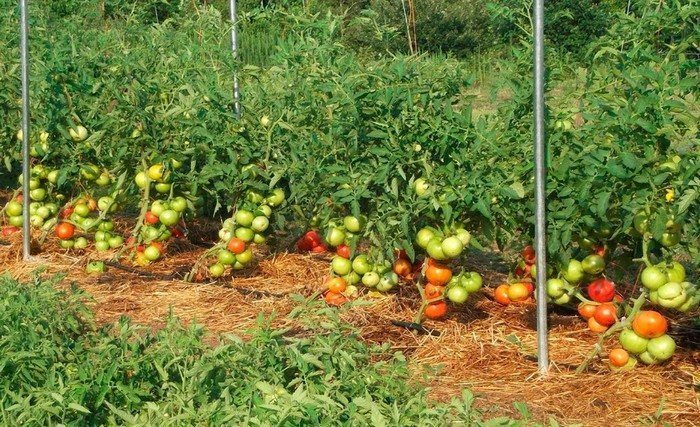
Mulching the soil
This technique has gained wide popularity among knowledgeable gardeners. Hay bacillus forms under the mulch. It has a detrimental effect on the disease.
After harvesting, the soil must be treated with 3% vitriol. The best option would be Trichoderma green preparations.
Greenhouse treatment
It should be carried out in the spring and after harvesting. Chlorine-containing preparations are used for disinfection.
To cope with the disease, you need to fight it comprehensively. It is better to choose tomato varieties that are resistant to cladosporiosis.


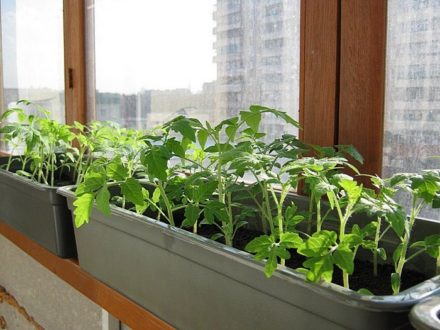
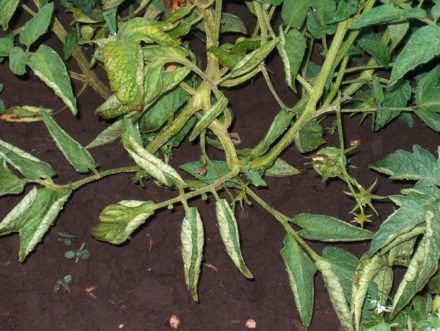
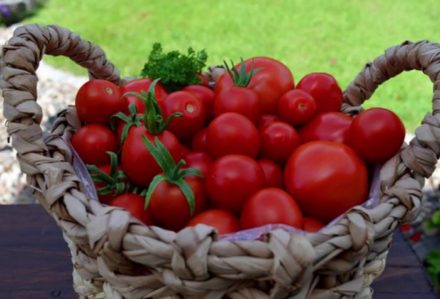
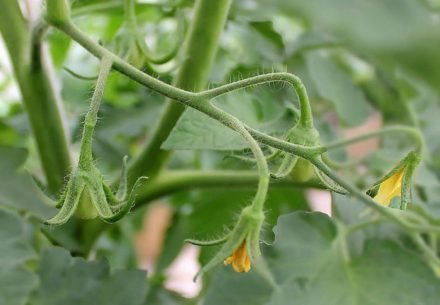
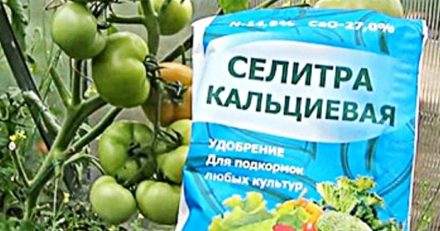

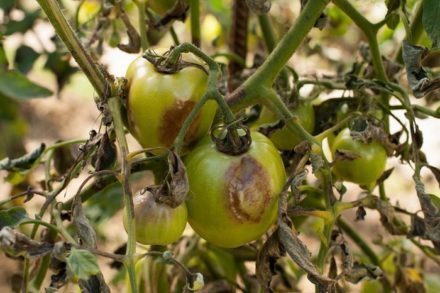
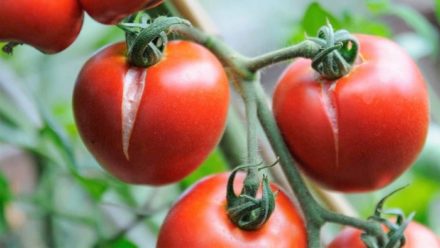
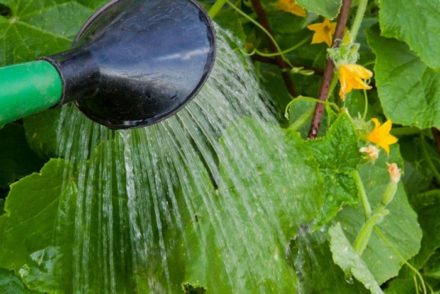
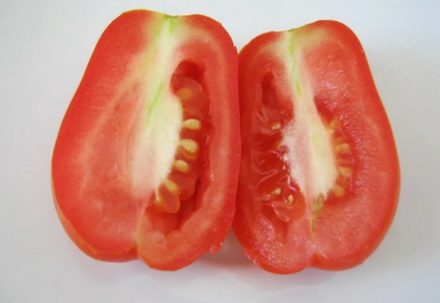
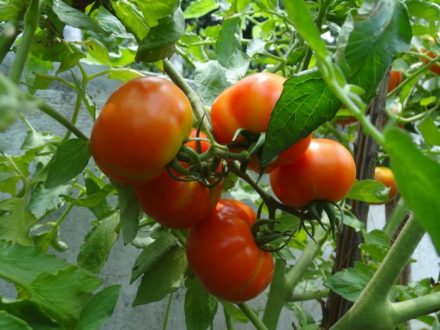
BAK DRUGS DO NOT WORK